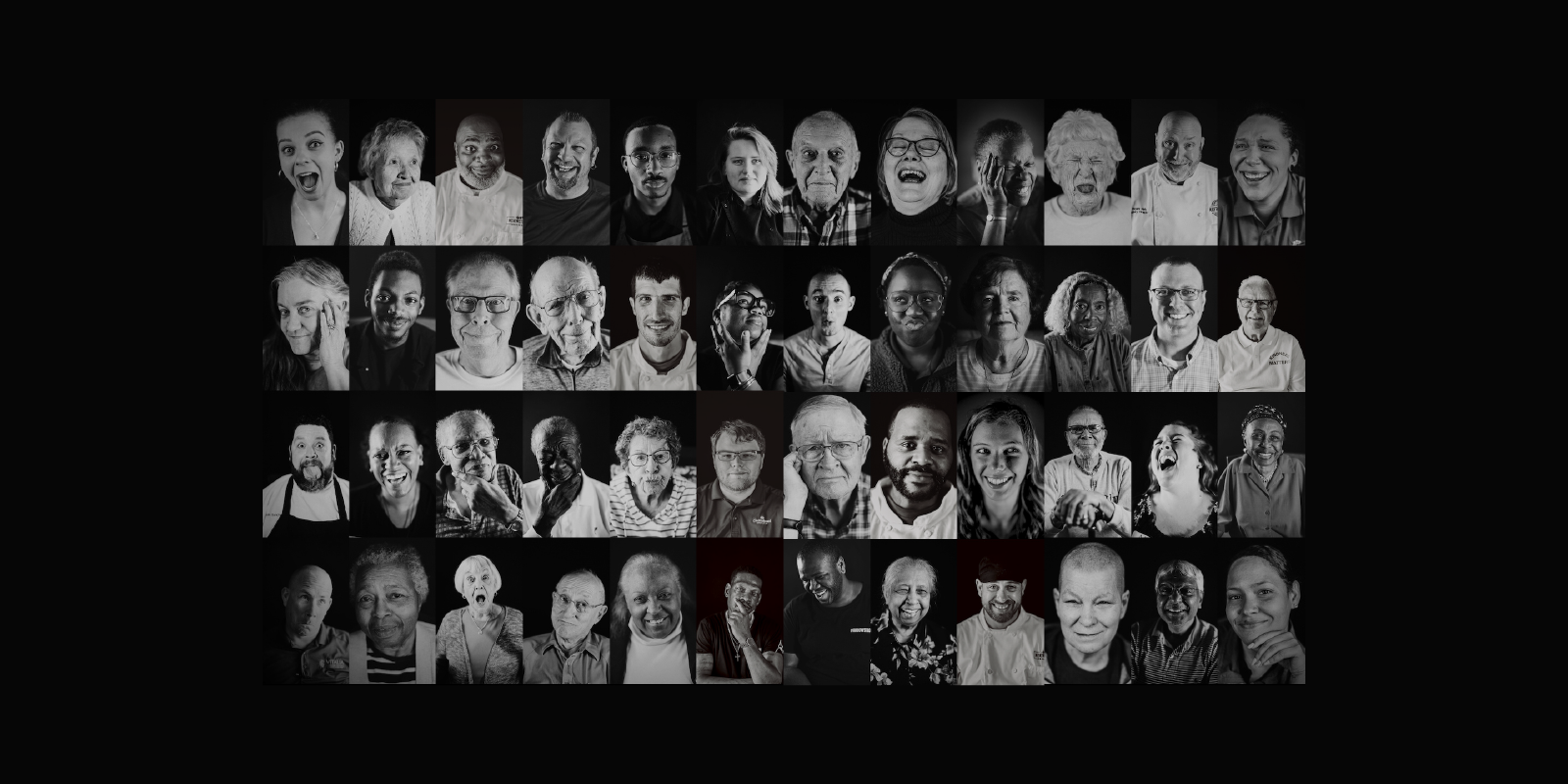
December 27, 2022
Clémence Boulouque, Associate Professor in Jewish and Israel studies at Columbia University, recently sat down with Ilene Savin, a resident at an Arrow Senior Living community, to discuss Hanukkah for Arrow’s Diversity and Inclusion Series.
Hanukkah in Hebrew means consecration. This Jewish holiday celebrates the reconsecration of the Temple of Jerusalem, a historical event that happened more than 2,000 years ago in the year 164. At that time, Israel/Palestine was under Greek rule. Despite repeated attempts by the Greek king to impose Greek rule on the Jews – including committing Pagan sacrifices within their sacred temples, they wouldn’t bend to his Pagan ways.
Amongst the dissidents was a small group called the Maccabees who fought against the oppression and were able to defeat the king. They reconsecrated the Second Temple to reestablish traditional Jewish worship there, and they lit the menorah, the candelabra that was used in the temple. This is when the miracle happened. They only had enough oil for one day, instead it lasted for eight days, giving them enough time to produce new oil and keep the menorah lit. Hanukkah lasts for eight days in honor of that miracle. Hanukkah is also called the “festival of lights” for this reason.
Often confused with Christmas, because it falls during the same time, this Jewish holiday is filled with many traditions. Lighting the candles of the menorah is one of the most symbolic. This eight-branched candelabra has one candle lit the first night of Hanukkah. Specific prayers, two per night, are said with the lighting of each candle on consecutive nights. The menorah must be set in a prominent place that is visible to share proof of the miracle with the world. Passersby can see that light prevails over darkness. Public menorah lightings started in the United States in the 1970s, now with over 15,000. The National Menorah has been lit on the White House front lawn since 1979.
During the holiday it is customary to eat foods fried in oil, to symbolize the oil in the lamp at the Temple. Potato latkes (pancakes) garnished with applesauce or sour cream and jelly-filled sufganiyot (donuts) are a couple of the favorites eaten during Hanukkah. Boulouque suggests, “When you ingest something the symbol becomes yours, it becomes part of your identity.”
It is also customary to play with a Dreidel, a four-sided spinning top bearing Hebrew letters. Children play for Hanukkah gelt, gold coins with chocolate inside, as well as real money.
Since the 19th century, Hanukkah was a way for Jews to feel included in the holiday season. Jewish kids were able to have their own festivity while other children were celebrating Christmas. This is a great way to show that society can have multiple holidays at the same time and recognize everyone’s specificity.
Hanukkah is a holiday that is meant to be shared, rejoicing together, and finding the meaning of miracles.
Saint Charles, Missouri-based Arrow Senior Living manages a portfolio of communities that offer varying levels of care, including independent living, assisted living, and memory care. Each and every senior living community supports residents by focusing on dignity, respect, and quality of life. The programs and amenities offered are selected to provide only the highest standard of quality and comfort.
Find an Arrow community near you
Work at Arrow Senior Living